Backlog refinement shouldn't be the most painful meeting of the week—but for many teams, it is. Too much detail too early. Vague stories. Half the team checked out. And eventually, no one shows up at all. In this episode of the Humanizing Work Show, we’ll show you three practical changes that turn backlog refinement from a dreaded chore into a valuable, collaborative part of your Agile process. These tips will help you reduce churn, strengthen stakeholder relationships, and make sprint planning smoother.
If you’ve ever found yourself wondering why Agile feels harder than it should, this might be the place to start. Read More
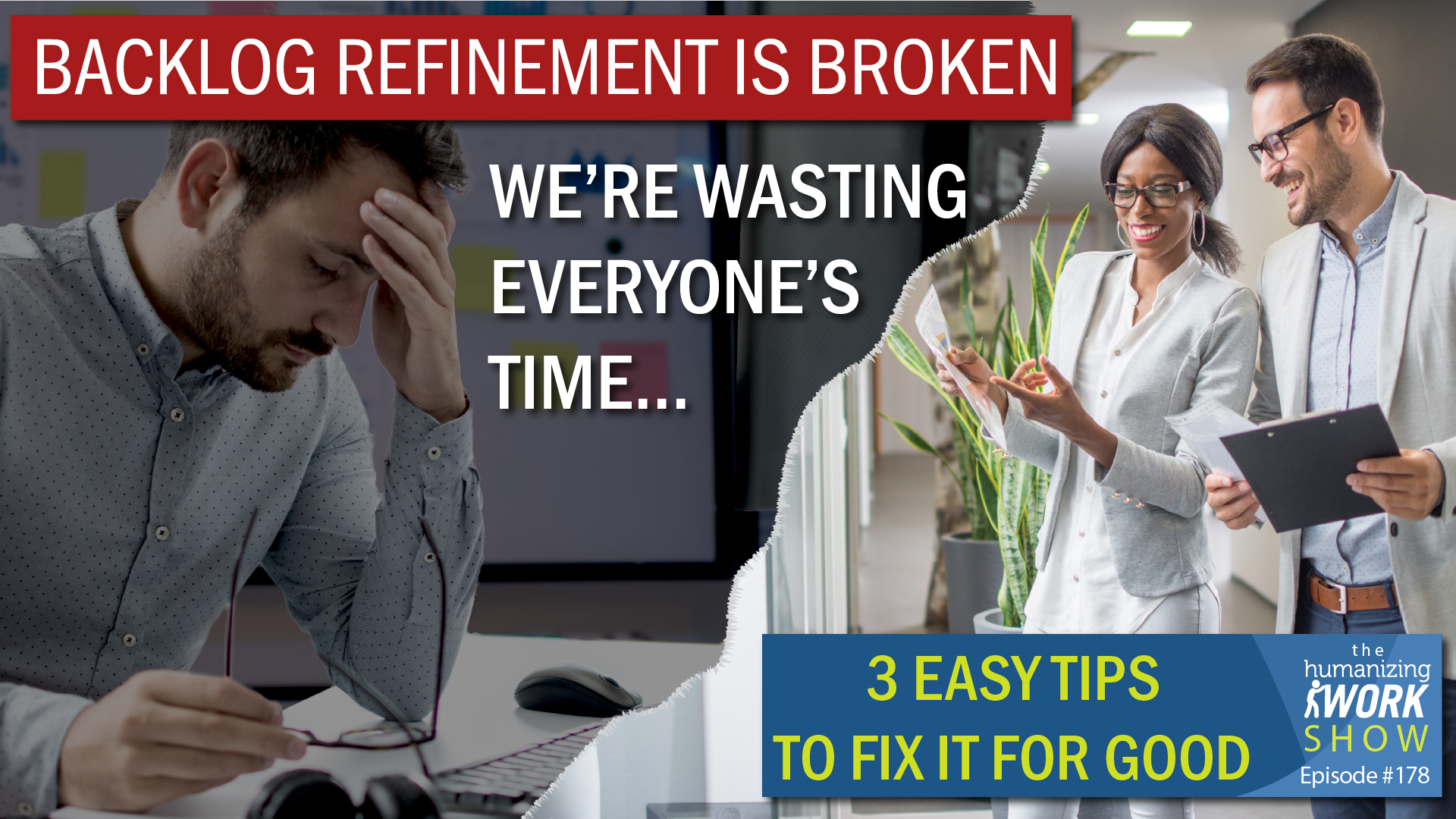
One tip. One meeting. Big impact. In this rapid-fire episode, we show how a small change to each Scrum event can eliminate frustration and create flow. If your Backlog Refinement, Sprint Planning, Daily Scrum, Sprint Review, or Sprint Retrospective has become stale, bureaucratic, or unproductive, we’ve got a simple tweak for each that takes under a minute to explain. Pick one meeting and improve it, or do a pass through all of them, and help your team get much more productive immediately! Read More
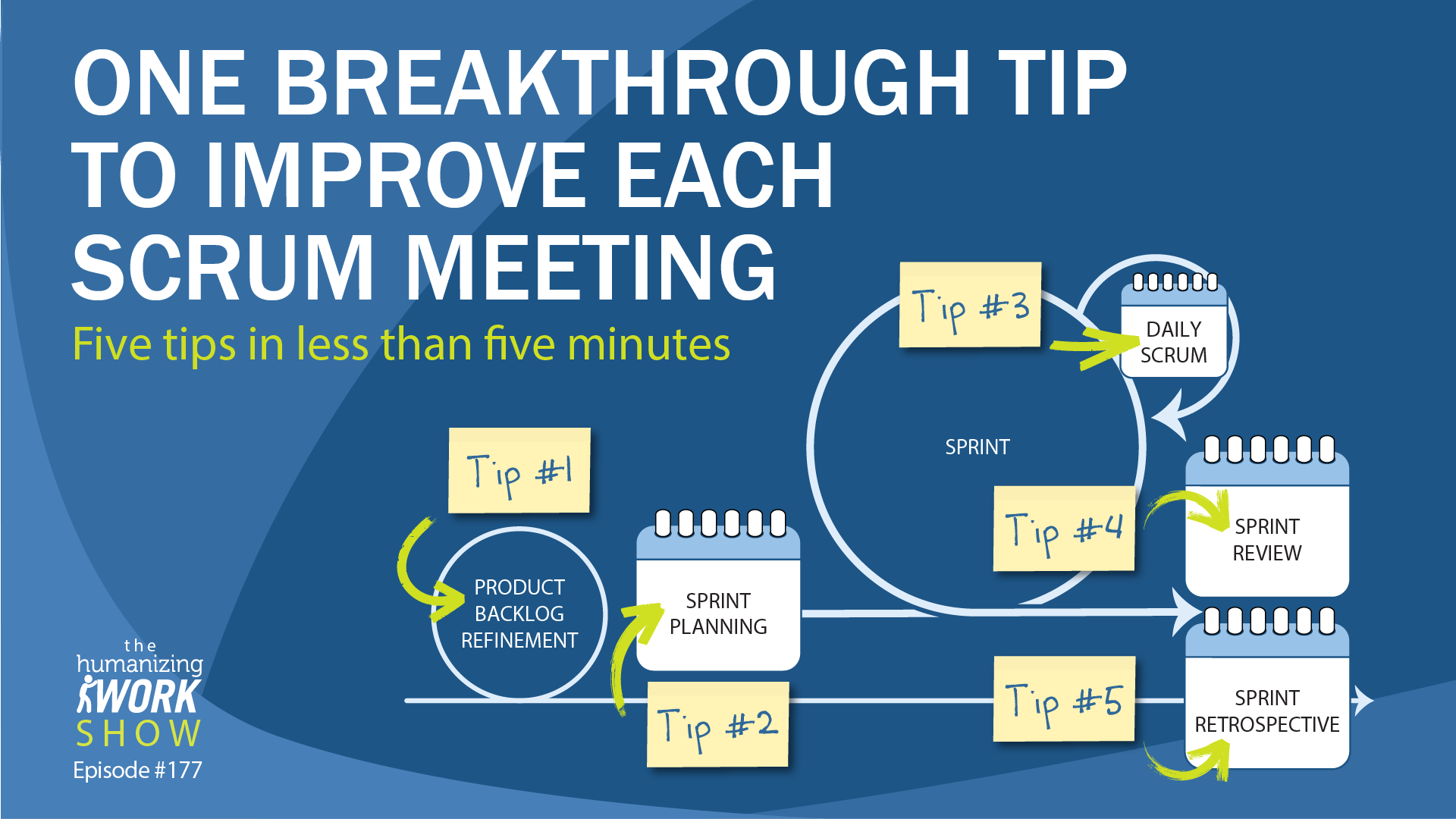
Most organizations invest heavily in strategy to gain alignment—only to see those plans fall apart when complexity enters the picture. In this episode of the Humanizing Work Show, learn a better way to build product strategy—one designed for complexity. Read More
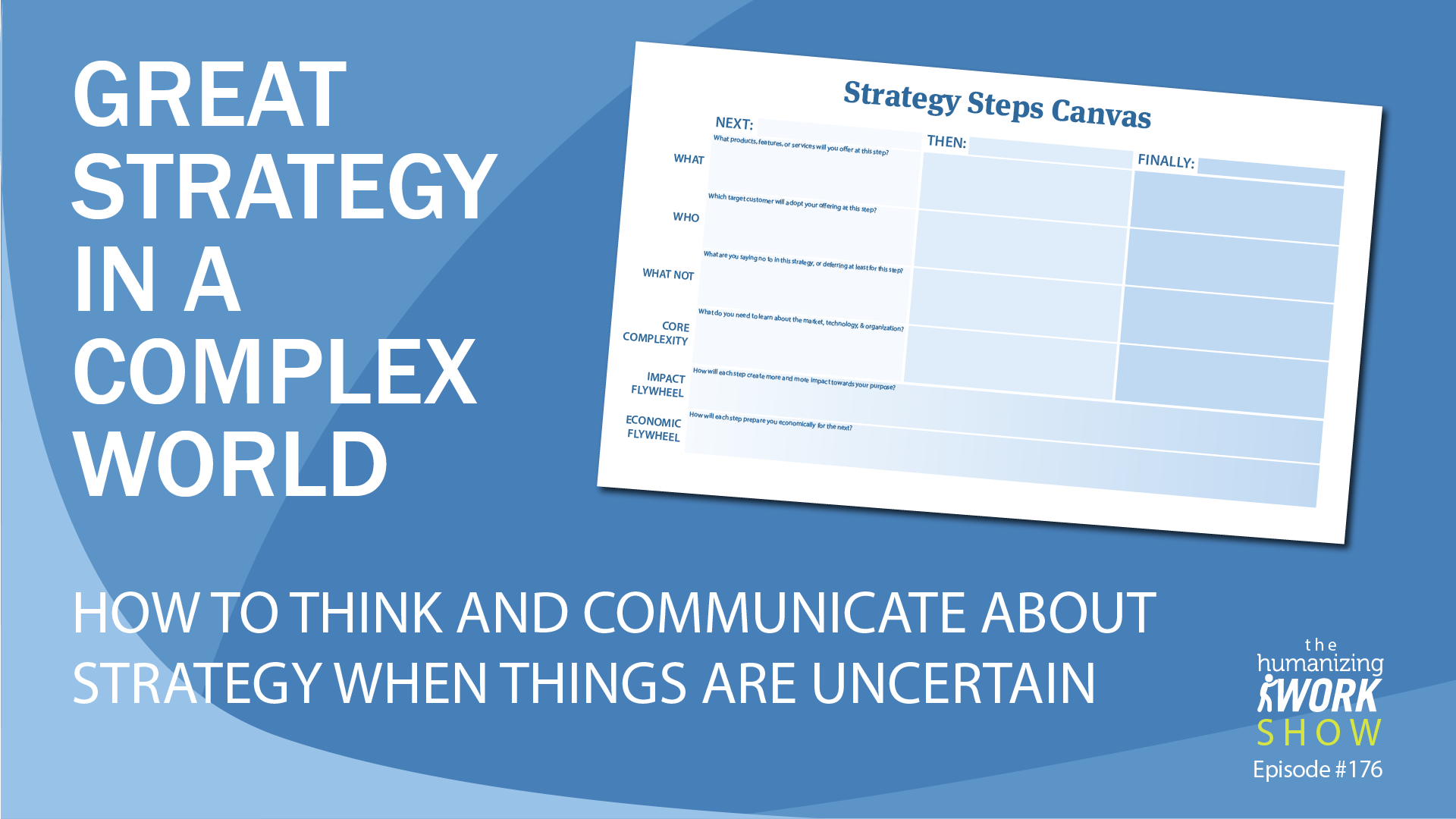
In this episode of the Humanizing Work Show, we tackle one of the most-requested topics in Agile and Scrum: how to split a user story effectively. Drawing from our best-selling 80/20 Product Backlog Refinement course, Richard walks through the widely-used Story Splitting Flowchart, breaking down common challenges and actionable solutions. Read More
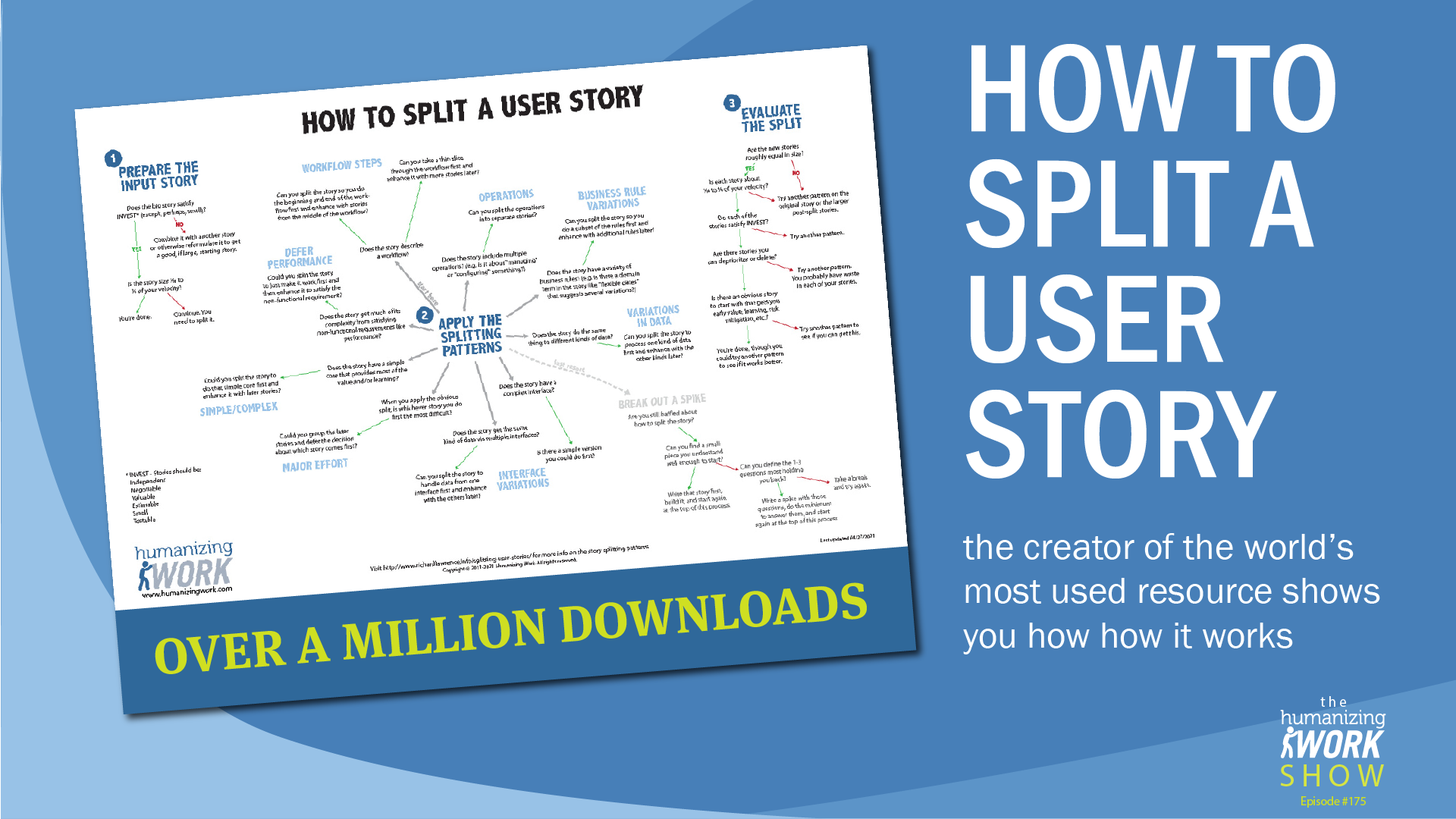
Leading change doesn’t have to feel like a struggle—it can be joyful, creative, and deeply collaborative. In this episode, we explore a powerful shift in mindset that turns resistance into partnership, using Eli Goldratt’s Levels of Resistance model. Instead of fighting pushback, what if you invited skeptics to help solve the challenges?
We’ll show you how to reframe resistance as an opportunity for co-creation—where change becomes not just necessary, but exciting. If you’ve ever wanted change efforts to feel more energizing and less exhausting, this episode is for you. Read More
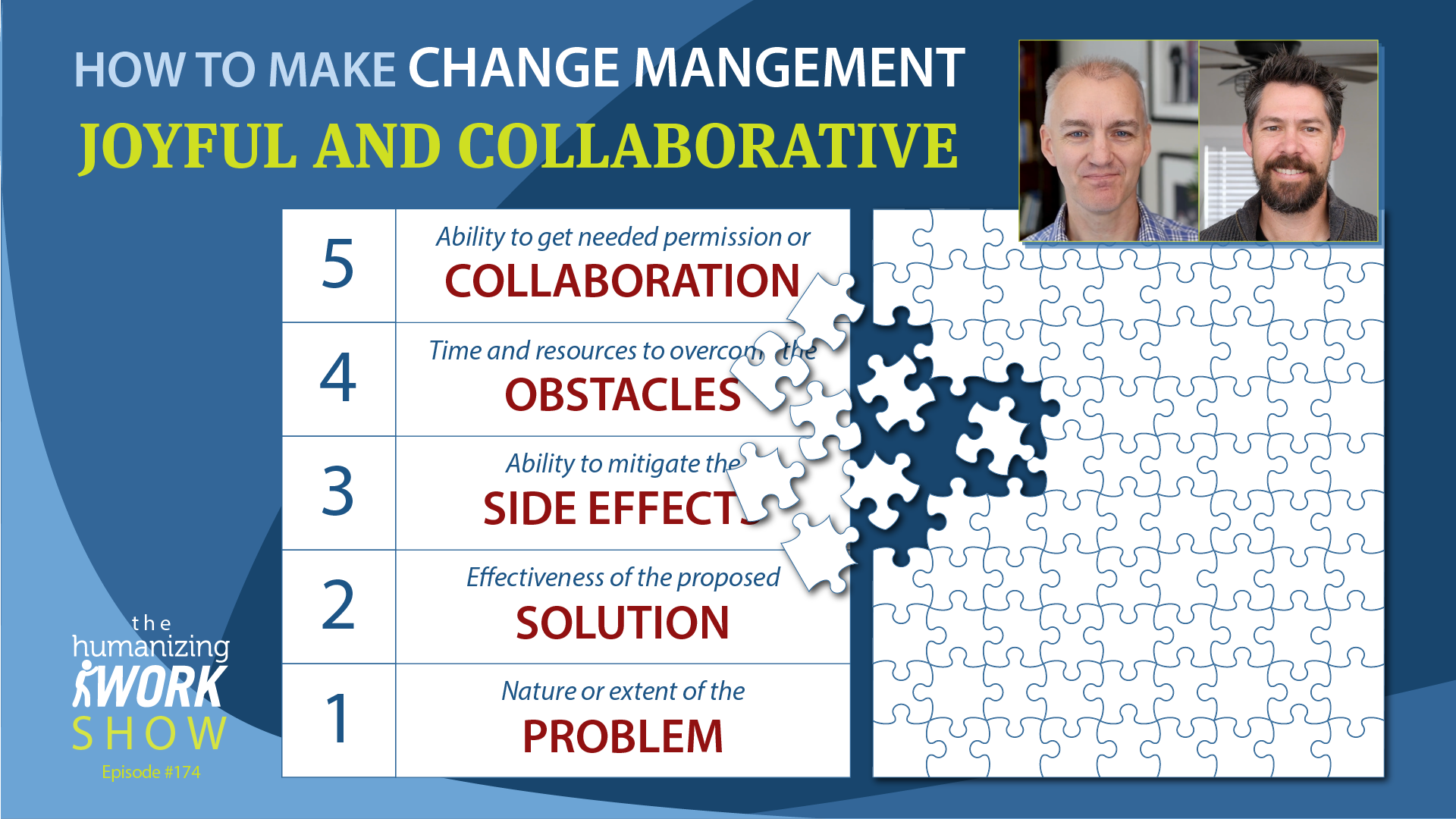
Should you split the Scrum Product Owner role? Many organizations do—but is it the right move? In this episode, we break down why companies divide the PO role (often into Product Manager, Product Owner, and/or Business Analyst), the hidden downsides that can hurt product success, and the key to making it work if you must split it.
Learn how a proven delegation model can prevent misalignment, reduce bottlenecks, and improve decision-making. Don’t let a split PO role slow your team down! Read More
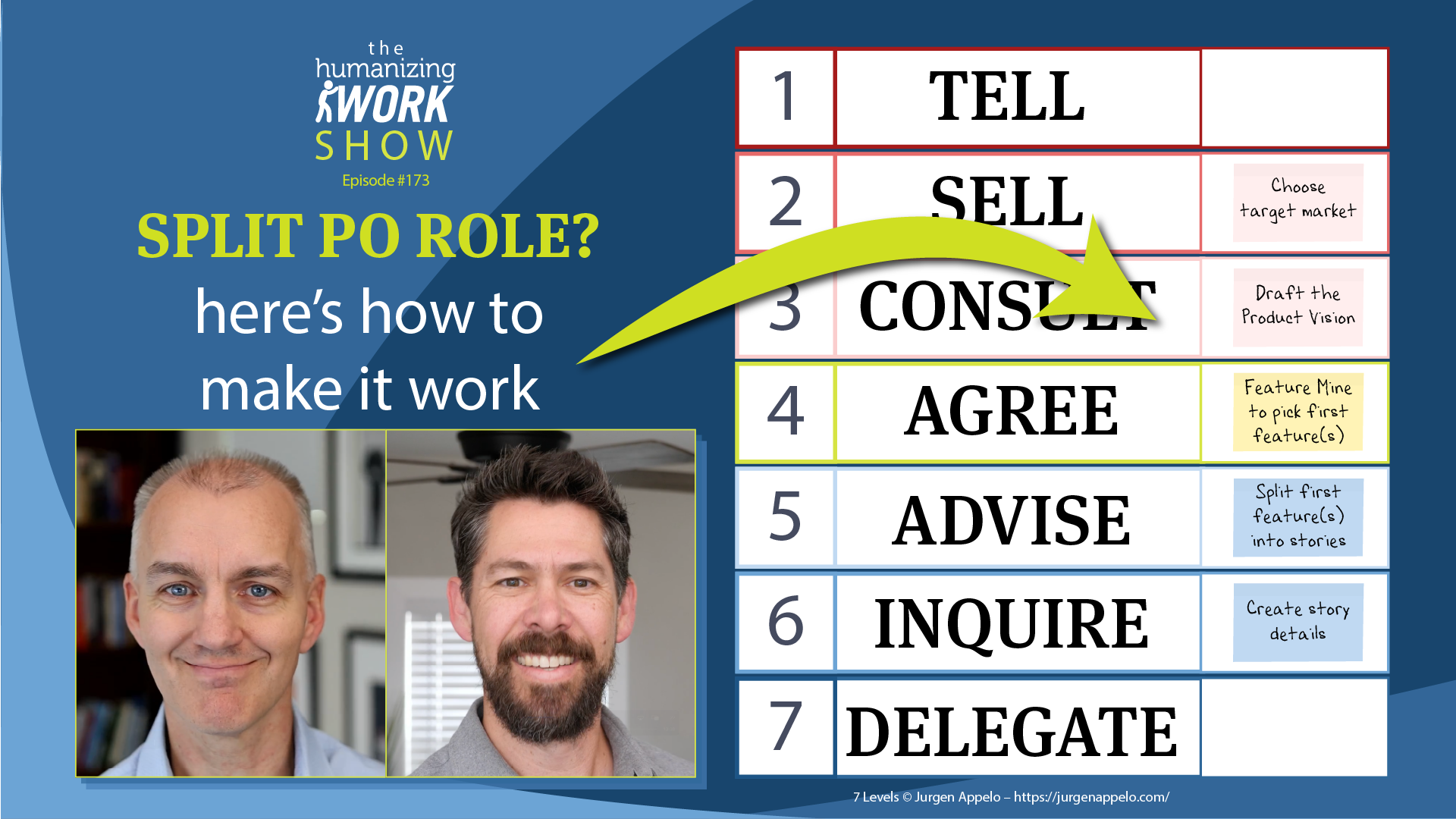
Many organizations struggle to balance **predictability** with **adaptability** in large initiatives. Too much planning creates rigidity, while too little leads to chaos. In this episode of the Humanizing Work Show, we dive into **Phases 3 & 4 of CAPED**—our **Complexity-Aware Planning, Estimation, and Delivery** approach—where we create a structured execution plan while keeping room for change.
Phase 3 (**Analytical Planning**) ensures that teams build a **realistic, risk-aware plan** by defining **What we’re building, How we’ll ensure quality, and When it will be delivered**.
Phase 4 (**Iterative Execution**) brings that plan to life with **incremental delivery, adaptive prioritization, and continuous planning cycles** that keep projects aligned and valuable. Read More
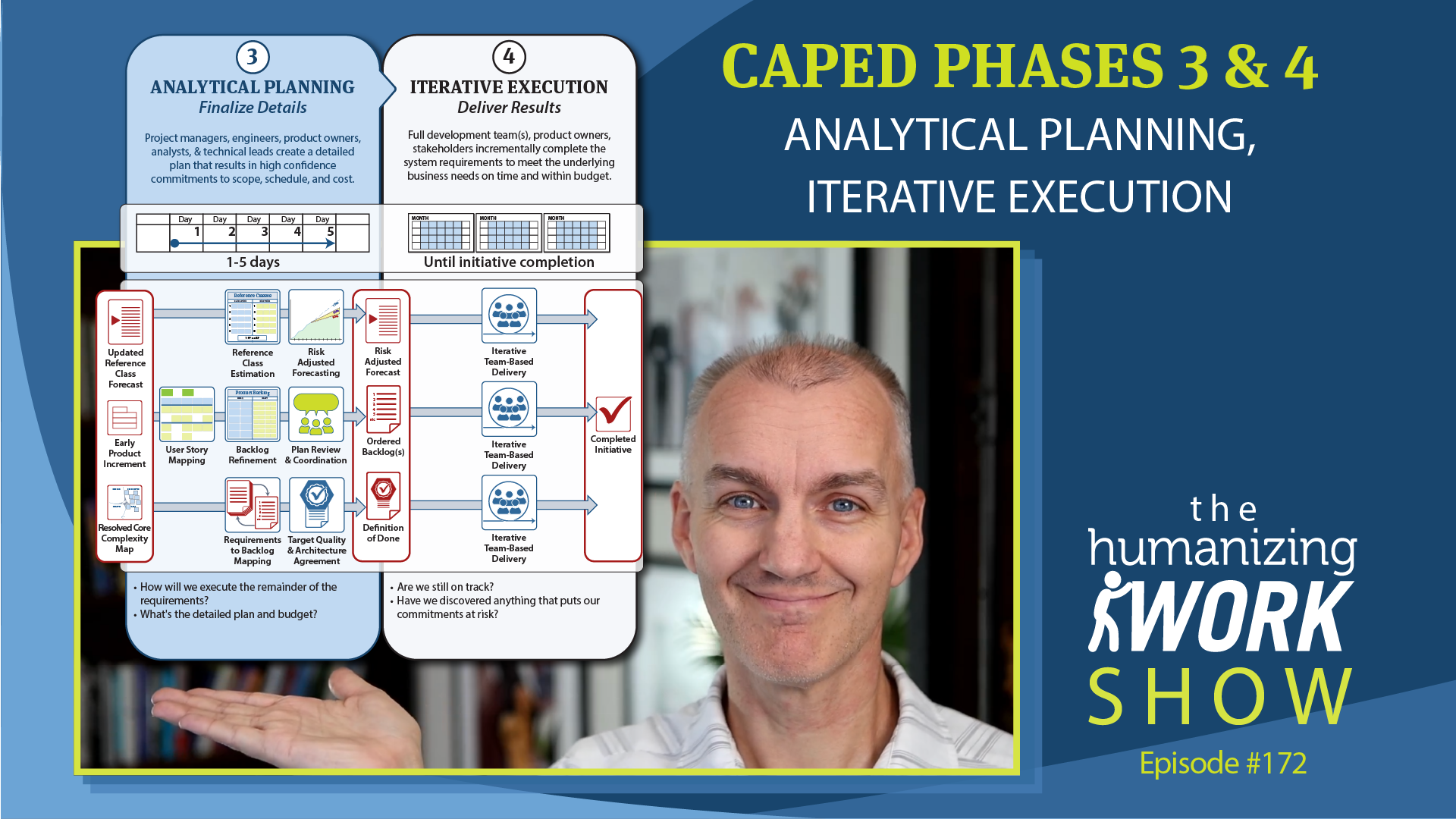
Software teams have used Agile techniques to iterate during execution for years. But what if the cost of iteration is too high to change after planning is complete?
In Phase 2 of the CAPED process—Active Planning—we resolve complexity before committing to a full-scale execution plan. In this episode, we explore how Pixar and architect Frank Gehry use iterative planning techniques to test and refine their ideas early—just like CAPED helps teams tackle uncertainty in big, complex initiatives. Read More
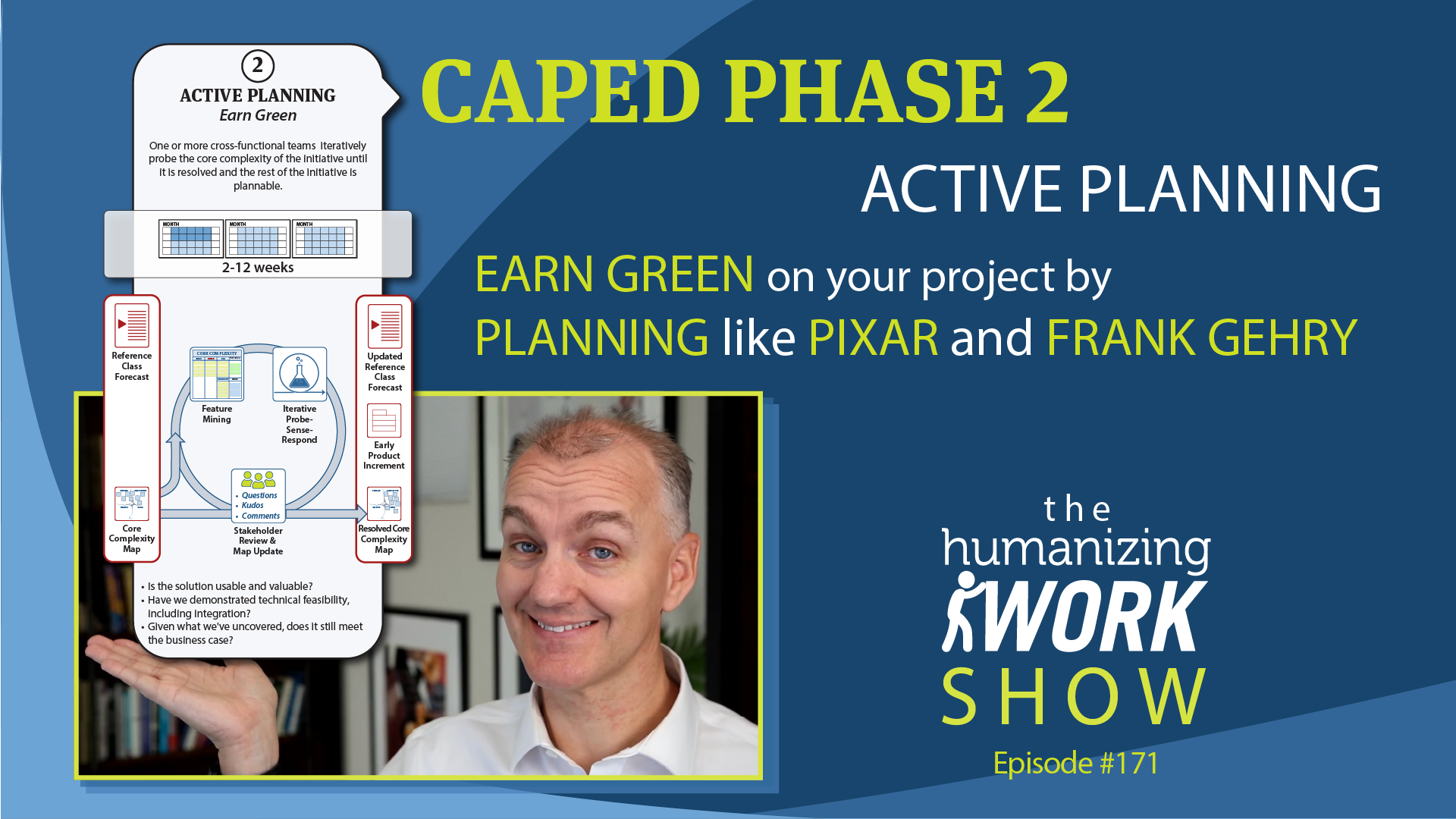
Traditional project kickoffs assume predictability, but large, complex projects—especially in regulated industries—don’t work that way. In this episode, we take a deep dive into Phase 1 of our CAPED approach: Strategic Planning. Learn how to align stakeholders, map complexity, and use Reference Class Forecasting instead of unreliable decomposition-based methods to improve estimates and decision-making. Read More

Struggling to balance Agile’s adaptability with the predictability leaders demand? You’re not alone. Many teams try to blend Agile and Waterfall, only to end up with the worst of both—rigid upfront planning that falls apart or chaotic iteration with no clear direction.
n this episode, we introduce Active Planning, a key breakthrough in the CAPED (Complexity-Aware Planning, Estimation, and Delivery) approach. Inspired by Pixar’s storytelling process and Frank Gehry’s architectural methods, Active Planning tackles complexity head-on—bringing predictability without rigidity. Read More










